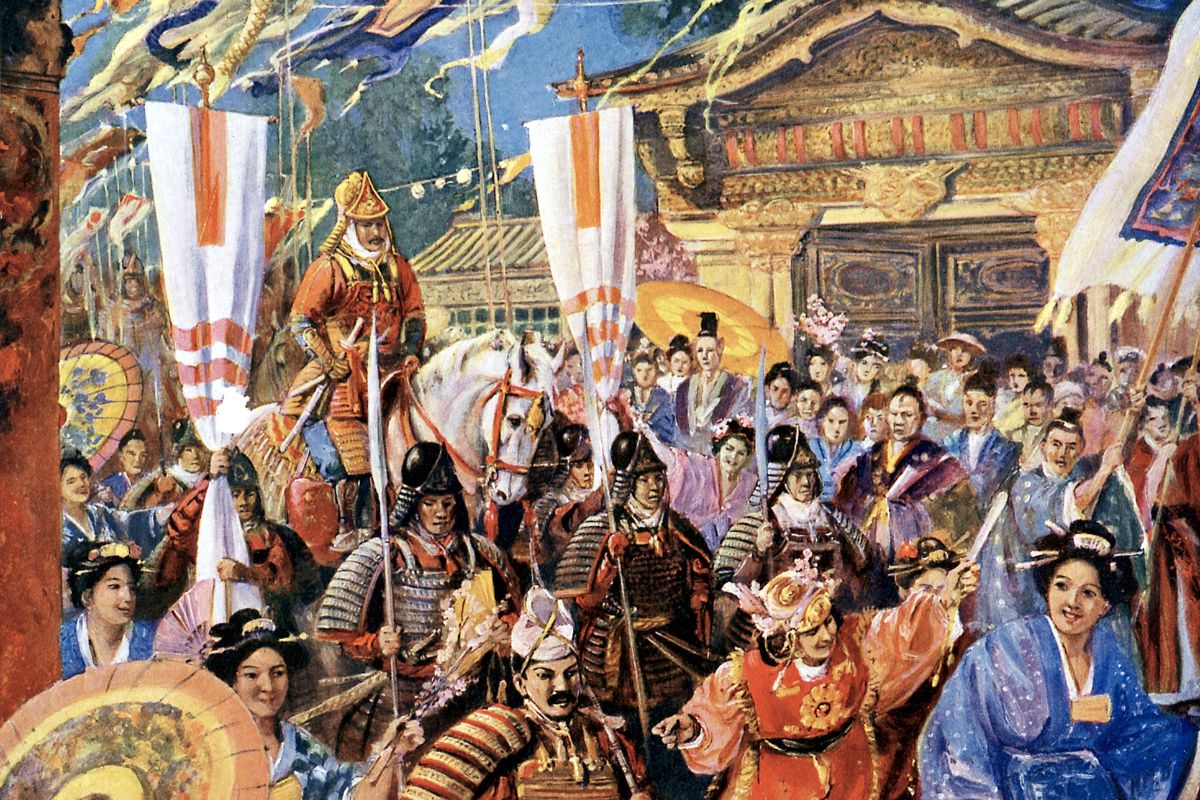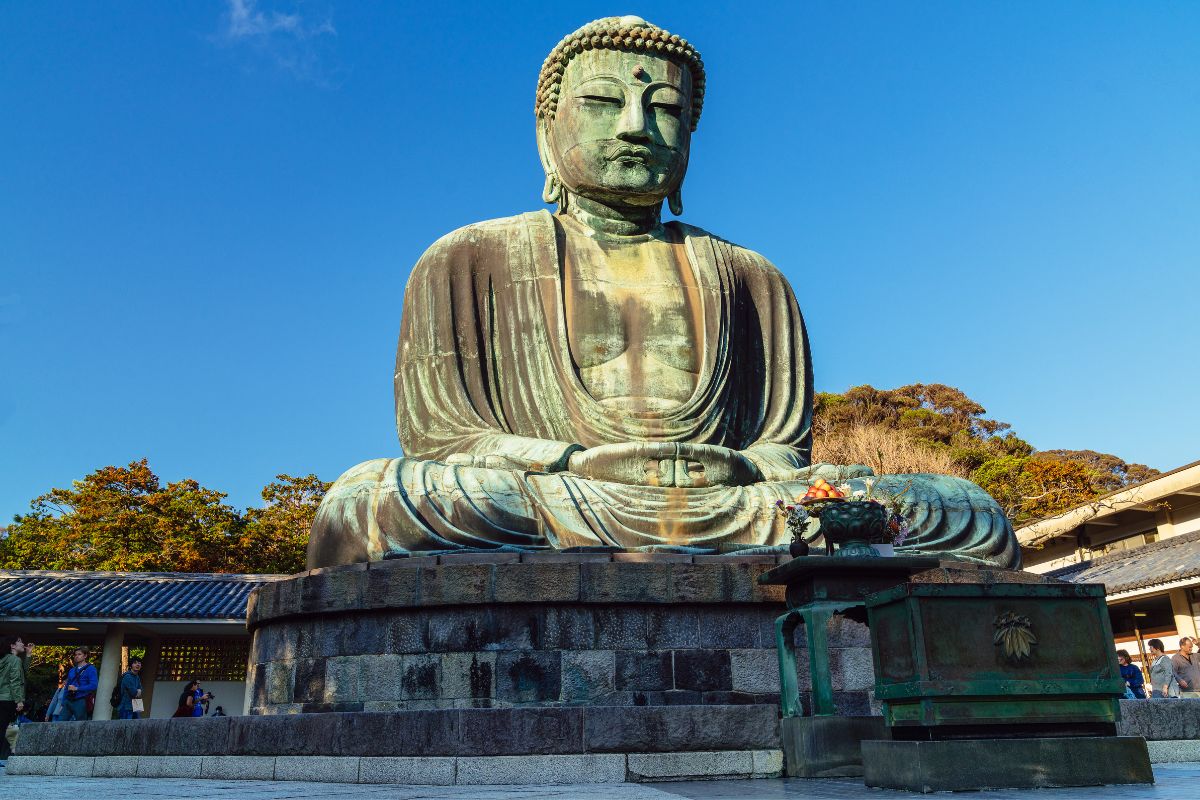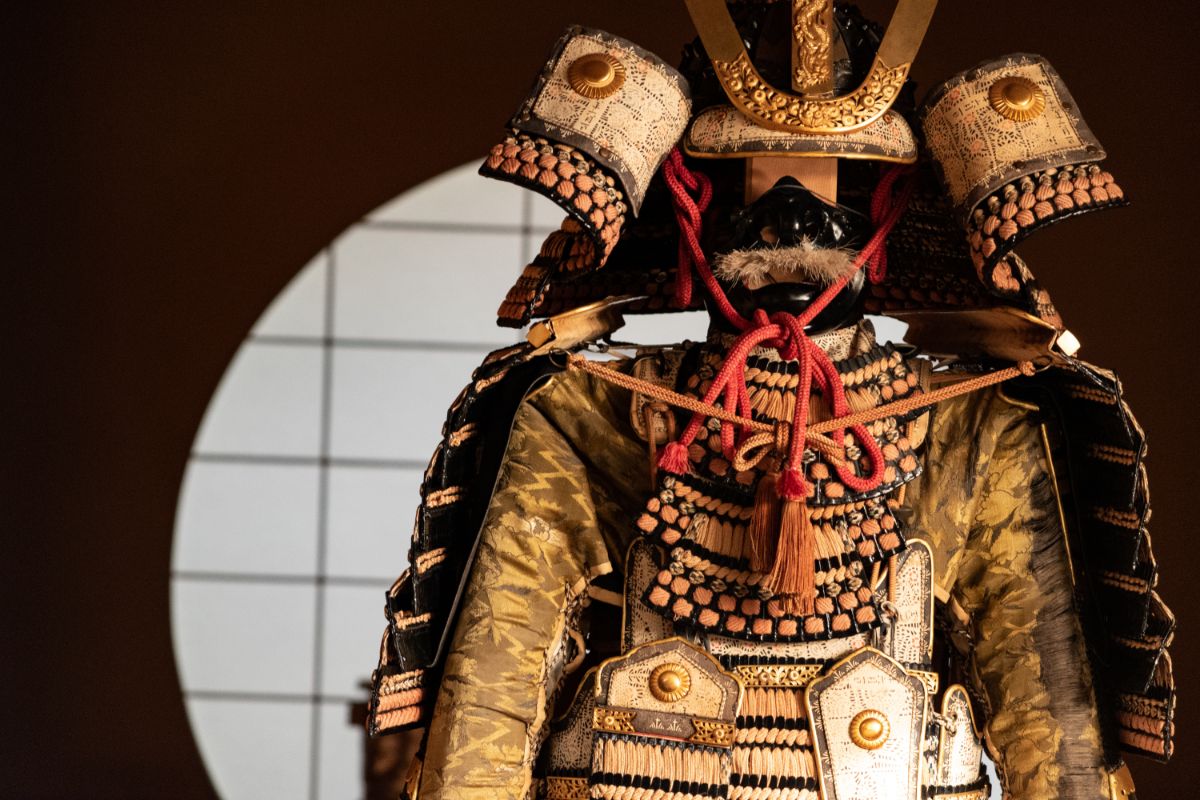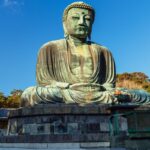Japan has a fascinating history filled with samurai, emperors, and militaries. Japan’s feudal history plays a significant role in people’s imagination, hence its prominence in film and television.
Perhaps one of the most interesting facets of Japanese history is the various feudal military governments that ruled the country. One such government is the Kamakura shogunate, which lasted from 1185 to 1333.

When this government fell, the Ashikaga shogunate arose in its place. Why did the Kamakura shogunate fall? How did the Ashikaga shogunate replace it? Let’s find out!
How Did The Kamakura Shogunate Come To Power?
Before the emergence of the Kamakura Shogunate, Japan was ruled by an emperor and aristocrats. The civil government was in charge of Japan’s military issues. However, the ruling of Japan changed thanks to the Kamakura Shogunate.
Between 1180 and 1185, the Genpei War was fought between the Minamoto and Taira Clans. These two factions battled over the right to rule Japan.
During this civil war, the Minamoto Clan wishes to overthrow the existing ruling clan, namely Taira. Tensions between these two clans went on for decades prior to the Genei War.
During the Battle of Sunomatagawa in June 1181, the Minamoto Clan suffered a massive loss. The Kamakura Clan, led into battle by Minamoto no Yukiie, was defeated by Taira no Tomomori when they attempted to infiltrate the Sunomata River.
However, things soon changed when Taira no Kiyomori died in 1181. Following this, Japan faces a massive famine. As a consequence, the Genpei War was terminated until 1183, during which the fighting continued. The Battle of Kurikara in June 1183 resulted in a serious defeat for the Taira Clan.
This resulted in the Taira Clan being under siege, resulting in Kyoto City being attacked from both the north and the east. Over this time, the Taira Clan was under the rule of Taira no Munemori.
One of the few victories that the Taira Clan experienced was during the Battle of Mizushima in November 1183. During the battle, they repelled an attempted invasion of Yashima by Minamoto no Yoshinaka.
After years of fighting, the fate of these clans was decided during the Battle of Dan-no-ura. Occurring in April 1185, this battle was fought at sea. At first, the Taira Clan, who had more experience with sailing, had the advantage.
The tides soon changed, causing Minamoto no Yoshitsune to defeat the Taira Clan. During the battle, Emperor Antoku was killed. Due to his bloodline, the emperor was drowned to prevent him from being captured.
What Was The Kamakura Shogunate?
The Kamakura Shogunate arose following the defeat of the Taira Clan. Minamoto no Yoritomo founded the samurai feudal military government.
It was named the Makakura Shogunate because this Japanese city became the government’s headquarters. The Kamakura Shogunate was in charge during the Kamakura period.
Moreover, the Kamakura placed a large emphasis on the warrior class. They idolized the characteristics of bravery and duty.
The Kamakura Shogunate would not stay under the rule of the Minamoto Clan forever. For example, the shoguns between 1226 and 1252 were members of the Fujiwara Clan.
Why Did The Kamakura Shogunate Fall?
Like the ruling system before it, the Kamakura Shogunate would not stay in power forever.
The shogunate had a lengthy conflict with the Mongols, who threatened to invade Japan between 1274 and 1781. During this time, the Shogunate was led by the Hojo Clan.
Though the Kamakura Shogunate withstood these attempted invasions, these battles had a detrimental effect on the Shogunate. Much of the Kamakyra’s resources, such as troops and finances, were lost during the conflict. As a consequence, the Kamakura Shogunate’s power declined. Not to mention, participants were discontent.
The final blow came in the 1330s. In 1331, Emperor Go-Daigo challenged the Kamakura Shogunate. The Emperor was defeated by Ashikaga Takauji of the Kamakura Shogunate.
Exiled, the Emperor was soon sought by powerful warlords. Ashikaga Takauji decided to challenge his allegiances and turned on the Kamakura Clan. This resulted in the Clan being overwhelmed.
In 1333, hundreds of members of the Kamaura Clan committed suicide rather than be captured. After defeating the Kamakura Clan, the people of Japan were divided between the rule of Takauji and Emperor Go-Daigo. This led to the Kenmu Restoration.
This restoration only lasted for 3 years. Go-Daigo was unable to create policies that satisfied Japan’s samurai. The Ashikaga Clan invaded Kyoto. As a result, the Ashikaga Shogunate became Japan’s feudal military government in 1336. It was led by Ashikaga Takauji.
What Was The Ashikaga Shogunate?
Originally formed by Ashikaga Takauji, this government ruled between 1336 and 1573. They ruled from Kyoto, which was known as Heian-kyō during this time. The Flower Palace in Muromachi Street, Kyoto, became home to the Ashikaga.
The Ashikaga Shogunate marked the first time that Europeans first landed in Japan. In terms of culture, Zen art was popular during this period. Zen art is linked to Zen Buddhism, thus placing an emphasis on spirituality in art. The art is often signified by its simplicity.
This period lasted for a long time but soon faced a downfall. The Ōnin War (1467 to 1477) would weaken the Ashikaga Shogunate. The war marked internal feuding for the shogunate.
Members of the government took different sides in the civil war, which was fought between Yamana Sōzen of the Western Camp and Hosokawa Katsumoto of the Eastern Camp.
In 1565, shogun Ashikaga Yoshiteru was assassinated. Oda Nobunaga was a daimyo who used this as an opportunity to install his brother, Ashikaga Yoshiaki, as the shogun.
In 1573, Oda Nobunaga overthrew his brother. Like the Kamakura Shogunate, the Ashikaga shogunate was also overthrown.
Frequently Asked Questions
What Is The Kamakura Period Renowned For?
The Kamakura period is best known for establishing feudalism in Japan. Essentially, feudalism means that land is given to the nobility by the ruling force in exchange for military loyalty. This created social and economic relationships between the nobility and the government.
Furthermore, the Kamakura is marked by the emergence of the samurai as a noble class. Thus, many people consider samurai to be symbols of this time period. They represent the period’s focus on warriorhood.
What Came After The Ashikaga Period?
The Sengoku period overlaps with the Ashikaga period and follows on from it. This period lasts from 1467 to 1615. It was started during the Ōnin War (1467) and was a time of constant civil war and political changes.
In 1573, Oda Nobunaga removed the Ashikaga Shogunate and claimed power for himself. In 1582, Nobunaga killed himself after an assassination attempt as part of the Honnō-ji Incident. He was replaced by Toyotomi Hideyoshi, who unsuccessfully tried to invade Korea beginning in 1592.
Essentially, the Ashikaga Period was followed by constant political turmoil and changes in government.
Final Thoughts
Japanese history is truly engrossing. The country’s samurai history sets it apart from other cultures. The rise of the Kamakura Shogunate and its eventual downfall is thrilling to learn about.
It highlights how Japan’s history is marked by change and constant upheaval. Plus, it’s filled with violence and betrayal. With any luck, you will now k
- 16 Best Websites To Watch Japanese Movies With English Subtitles - May 11, 2023
- Is ZIPAIR The Best Airline For Traveling To Japan? - May 11, 2023
- Ryu Murakami Vs Haruki Murakami – Which One Should You Read? - May 11, 2023








